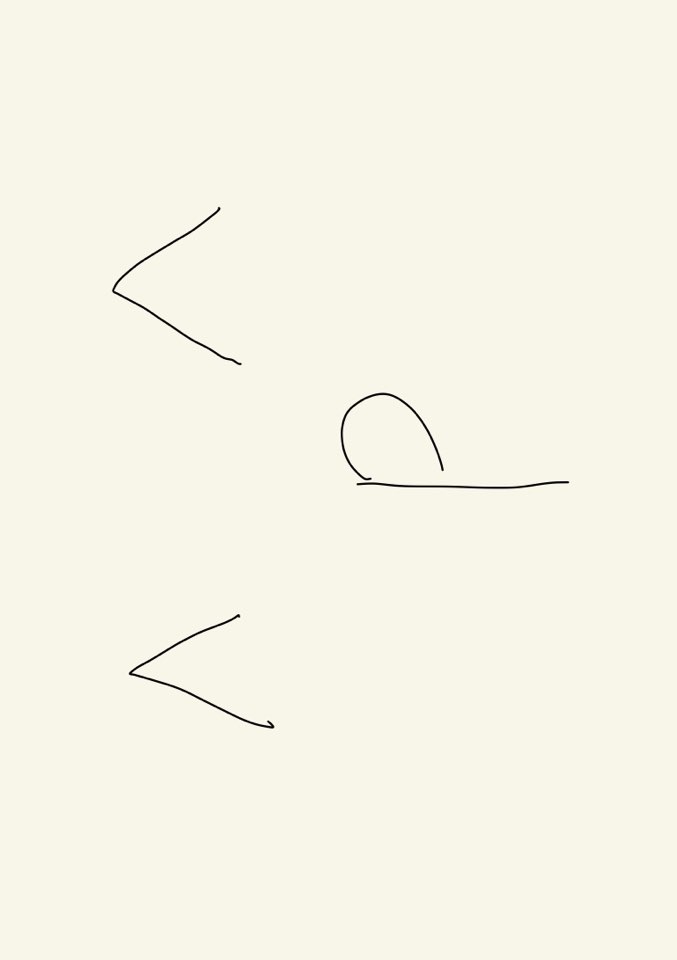가장 먼 노드
from collections import deque
import time
def solution(n, edge):
# st = time.time()
grid = [ [] for _ in range(n+1)]
for i in edge:
grid[i[0]].append(i[1])
grid[i[1]].append(i[0])
visited = [False for _ in range(n+1)]
# 노드의 깊이를 저장하는 리스트
depths = [0 for _ in range(n+1)]
# bfs 시작
s = 1
visited[s] = True
que = deque([s])
d = 0
while que:
a = que.popleft()
if grid[a]:
d = depths[a] + 1
# 그 전 단계의 노드의 depth + 1
for i in grid[a]:
if not visited[i]:
que.append(i)
depths[i] = d
visited[i] = True
cnt = 0
for i in depths:
if i == max(depths):
cnt += 1
# depths.sort(reverse=True)
# cnt = depths.count(depths[0])
# print(time.time()-st)
return cnt
- 그래프를 돌면서 깊이를 저장해야할 것 같다는 생각에 dfs를 써서 재귀함수에 depth를 인자로 넣어야하나 생각했다.
근데 dfs로 풀기에는 dfs는 그래프를 한꺼풀씩 벗기면서 순회하는 게 아니라서 depth를 재기가 힘들었다.
- 그래서 bfs로 풀어야겠다고 생각했으나 처음에는 아래와 같이 생각해서 한 단계에서 두 개 이상의 노드가 있을때 depth를 재는 게 두번째 노드부터는 엉키게 된다.
def bfs(s):
visited[s] = True
que = deque([s])
d = 0
while que:
a = que.popleft()
print(a)
if grid[a]:
d += 1
for i in grid[a]:
if not visited[i]:
que.append(i)
depths[i] = d
visited[i] = True
- 그래서 전 단계의 노드의 depth에 +1을 하는 코드를 생각했다.
마지막에 max depth를 가지는 노드의 개수를 세는 코드가 무엇이 가장 효율적일지 살펴봤다.
cnt = 0
for i in depths:
if i == max(depths):
cnt += 1-> 1.740 초
depths.sort(reverse=True)
cnt = depths.count(depths[0])-> 1.478 초
cnt = depths.count(max(depths))-> 1.430 초
문제 푸는데 걸린 시간: 1시간 50분
